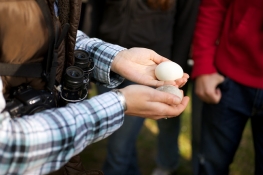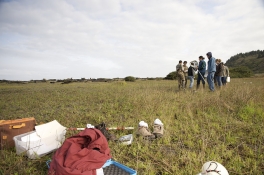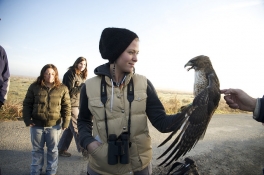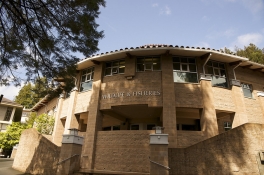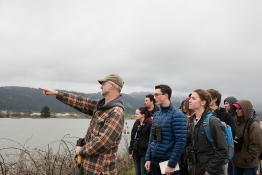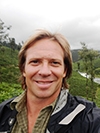Matthew Johnson
Inclusive Excellence
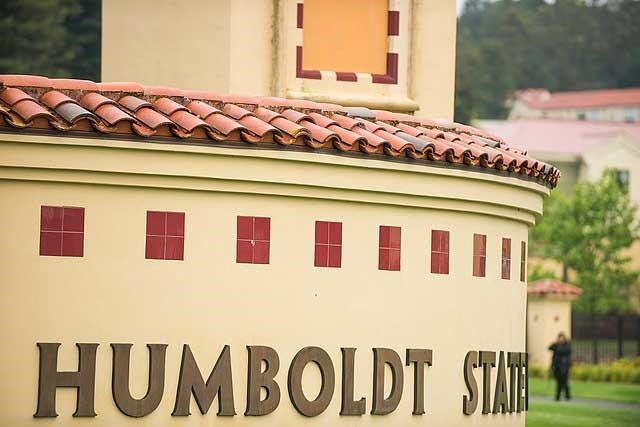
Universities, including Humboldt, have cultures that typically benefit students from backgrounds similar to those who have historically been successful. Inclusive excellence recognizes this culture has to change. To advance social justice, we must deliberately create environments and cultivate relationships that best serve students no matter who they are, and this demands a fundamental shift in our approach to student success. Moreover, to prepare a diverse and innovative workforce empowered to address complex challenges in Science, Technology, Engineering, and Math (STEM), we must close opportunity gaps for students with backgrounds historically underrepresented in STEM fields. Inclusive excellence is both right the thing to do and the smart thing to do.
In recent years, my professional work at Cal Poly Humboldt has increasingly emphasized institutional change and inclusive excellence in Science, Technology, Engineering, and Math (STEM) education.
Starting in 2015, Dr. Amy Sprowles and I have been heavily involved in working to reform the freshmen year experience for students majoring in STEM disciplines. First, with support from the CSU STEM Collaboratives initiative that was funded by Helmsley Charitable trust, we launched an experimental “place-based learning community” – called Klamath Connection. In part inspired by interdisciplinary learning communities like those at The Evergreen State College, this trial learning community was a cohort of incoming freshmen majoring in Wildlife, Zoology, Biology, and Environmental Science. The program offered a field oriented summer immersion experience before classes started, a new major-based Freshman year seminar, blocked enrollment in transformed gateway science and general education courses, and peer mentoring, all woven around the interdisciplinary theme of the ecosystem, people, and challenges of the Klamath Basin.
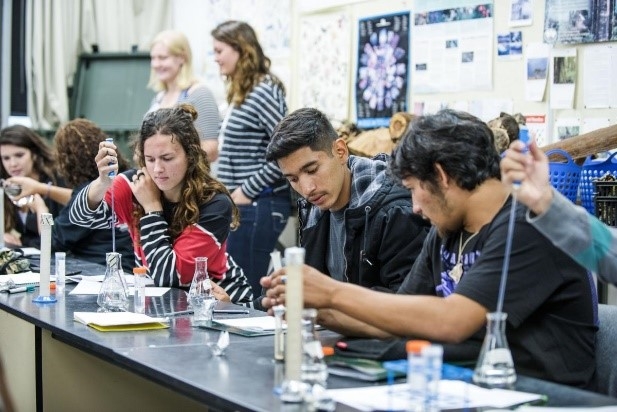
It was a great success! Relative to other freshmen in the same majors, Klamath Connection students self-reported much higher senses of belonging and academic behaviors, they scored higher in core sciences courses, had higher overall GPAs, and they had significantly improved first-year retention rates. Importantly, gaps in student performance between students of color, first-generation students, low-income students and other students all but disappeared.
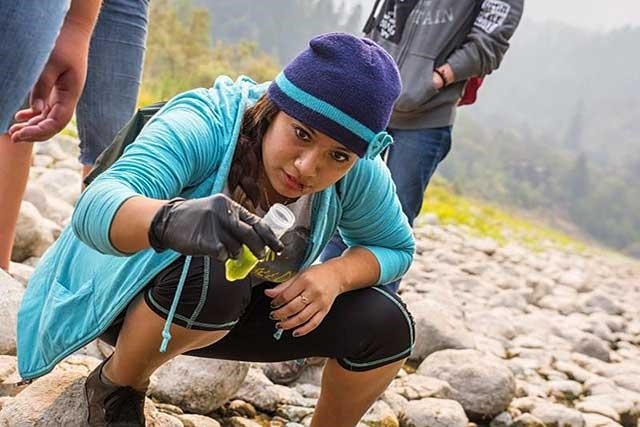
The success of the Klamath Connection prompted the campus to seek additional funding to expand this work. In fall 2016, Humboldt was awarded a $3.9 million grant from the US Department of Education’s Hispanic Serving Institutions STEM program. In 2017, we received another $1 million from the Howard Hughes Medical Institutes Inclusive Excellence Initiative. These grants, for which Amy Sprowles and I are the PIs, aim to expand the place-based learning community model to reach nearly all of the incoming STEM students to Humboldt by 2021, with four more placed-based learning communities: Stars to Rocks, Rising Tides, Among Giants, and Representing Realities. The grants’ work also aims to transform traditional math remediation instruction, streamline transfer pathways for STEM students at several Hispanic-serving community colleges, and it will expand and enhance tutoring services for STEM courses, focusing on the “retrieval method” for learning. You can learn more about the HSI STEM Work on the project’s website.
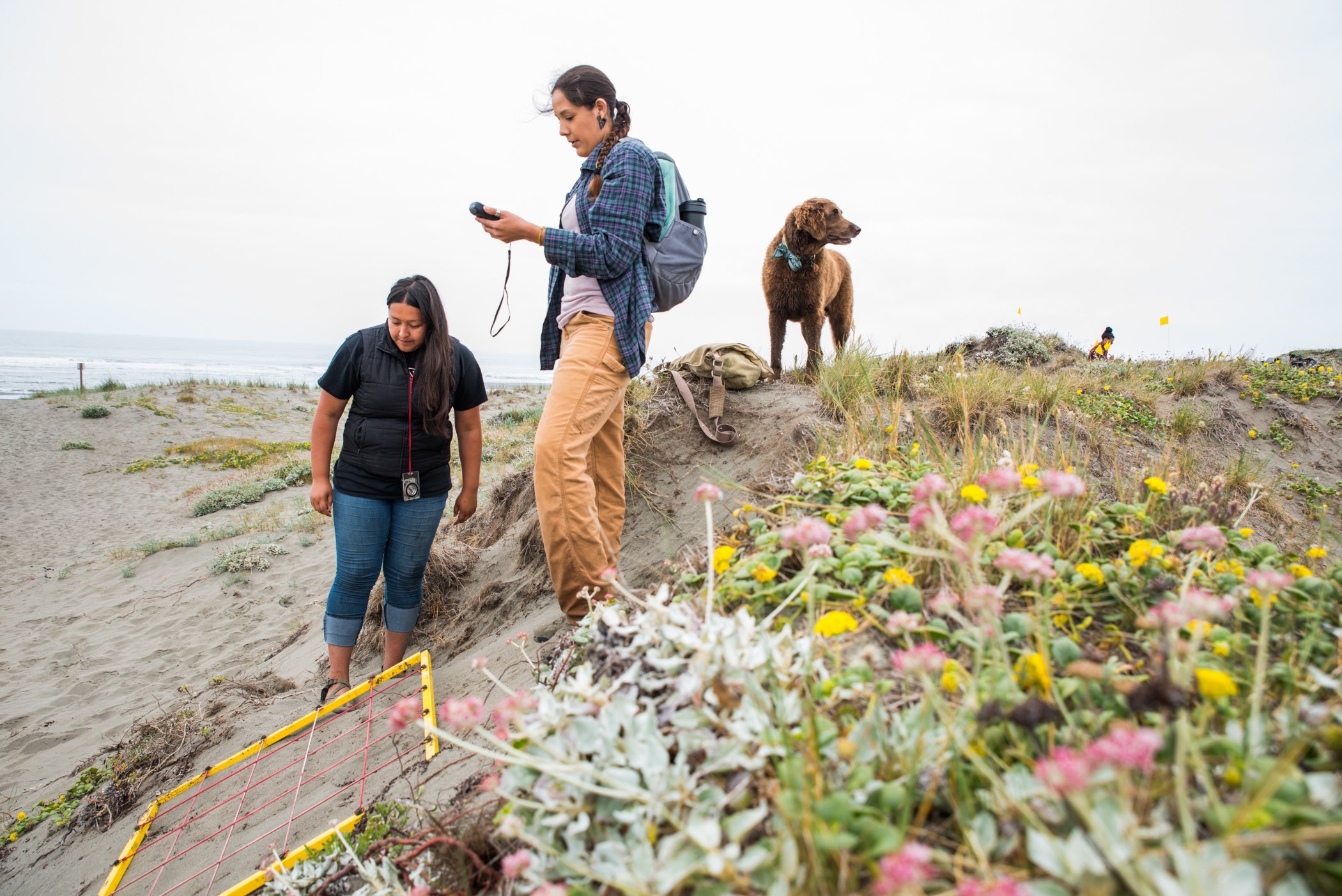
In 2016 we started a 3-year NSF-funded Research Experience for Undergraduates (REU) program called Rroulou’sik, a Wiyot work meaning “rising up.” This program was especially for American Indian, Native Alaskan, and Native Hawaiian students interested in working on natural resource management research topics relevant to indigenous peoples. I worked closely with Dr. Seafha Ramos, Humboldt’s Indian Natural Resources, Science, and Engineering Program + Diversty in STEM (INRSEP+), and other tribal collaborators on this project. Over three summers, the program provided internships for 27 American Indian and one Native Hawaiian student from eight different US universities. Student interns were authors on 22 presentations at scientific conferences, and as of 2020, most plan to continue on to graduate school, with seven already enrolled, and several more employed as biologists with Tribes.
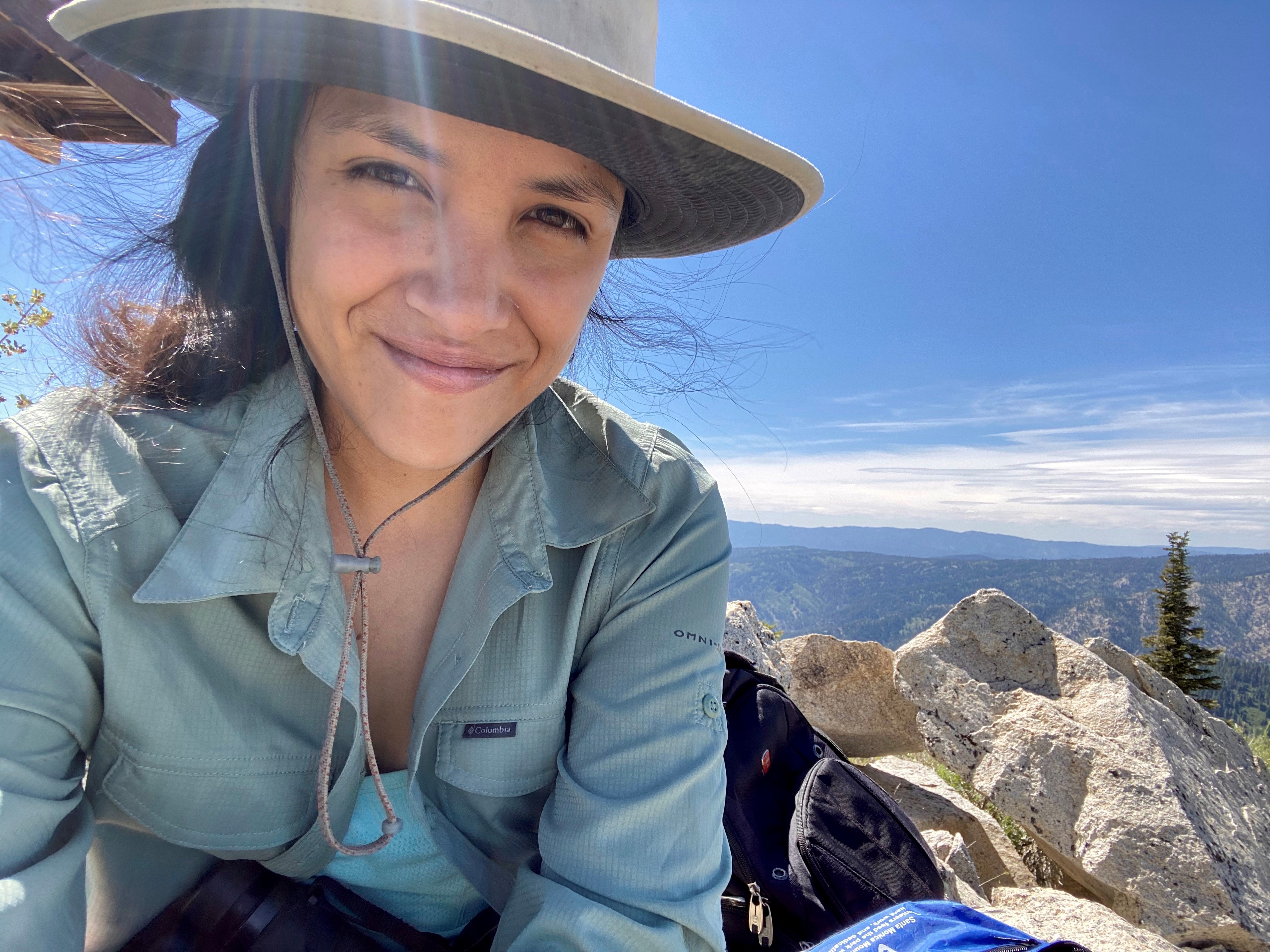
In 2020, Dr. Rafael Cuevas Uribe (Dept Fisheries) and I started a new program, called Échale Ganas, funded by the US Dept of Agriculture's Hispanic Service Institution program. This program aims to increase the number of Latinx students interested in pursuing careers at the nexus of agriculture and wildlife and fish conservation. It funds several graduate students, who serve as STEM Promotores, to help mentor Latinx undergraduate students and help them seek and secure extracurricular learning opportunities in STEM, in collaboration with El Centro Académico Cultural and INRSEP+. It also offers Portón internships for undergraduates to work with the local aquaculture and agriculture industries.
All this work takes a lot of my time, but I still maintain my lab’s research program, and continue some teaching. It’s challenging to balance all three, but it is also rewarding work and I wouldn’t want it any other way!

